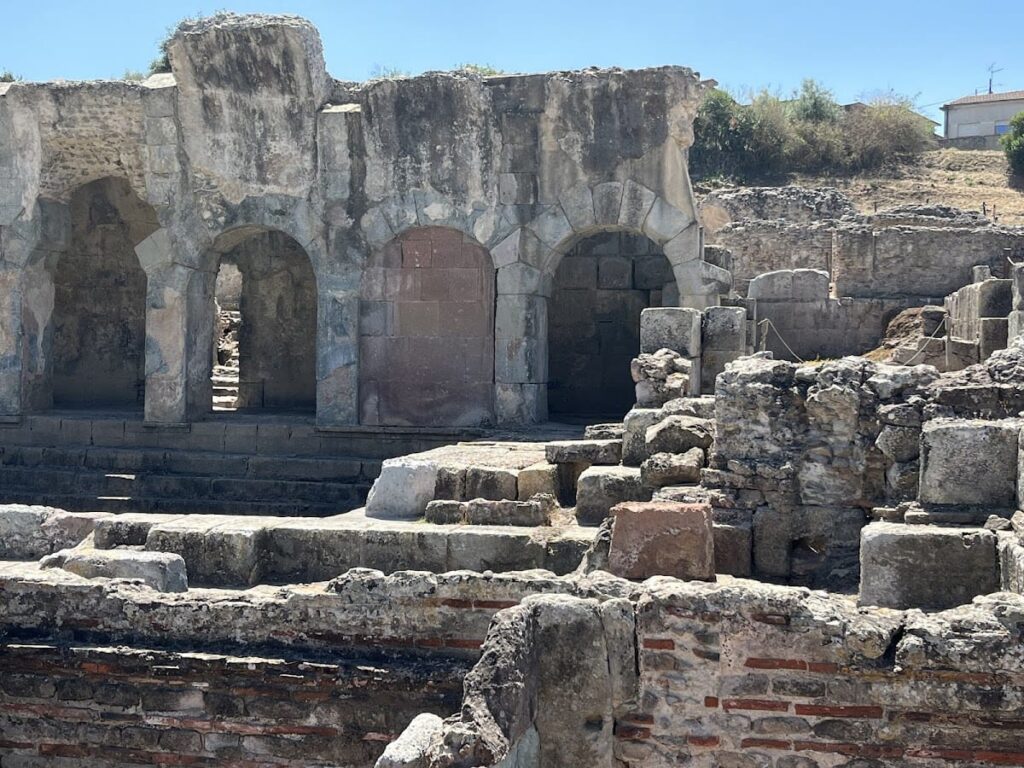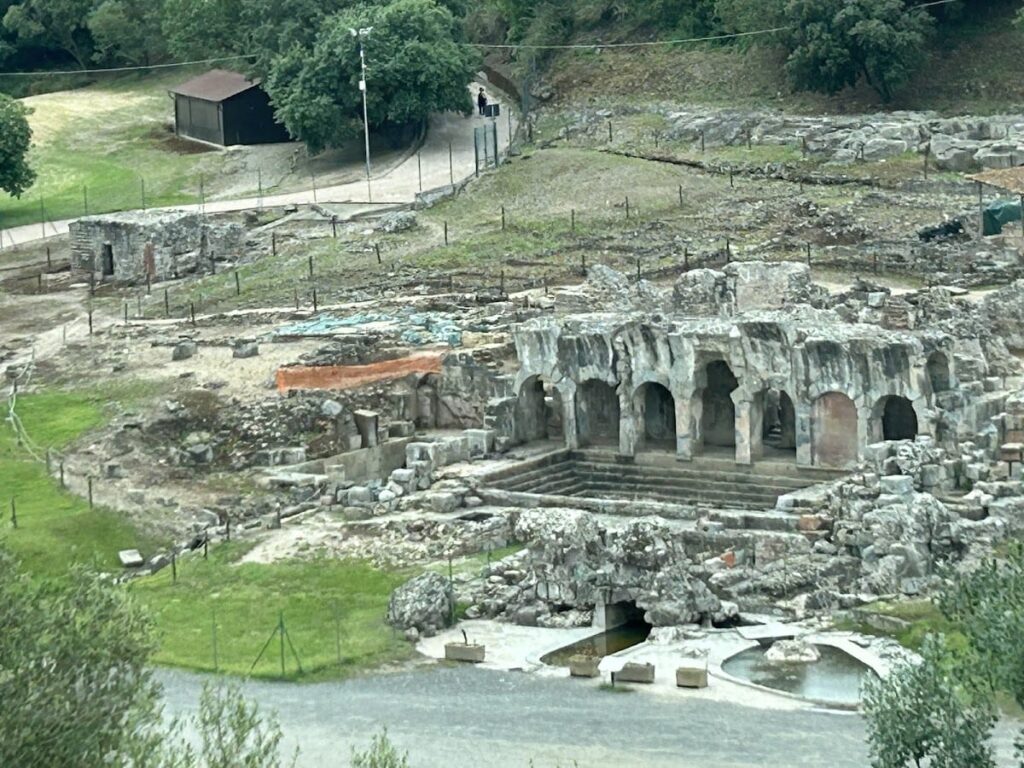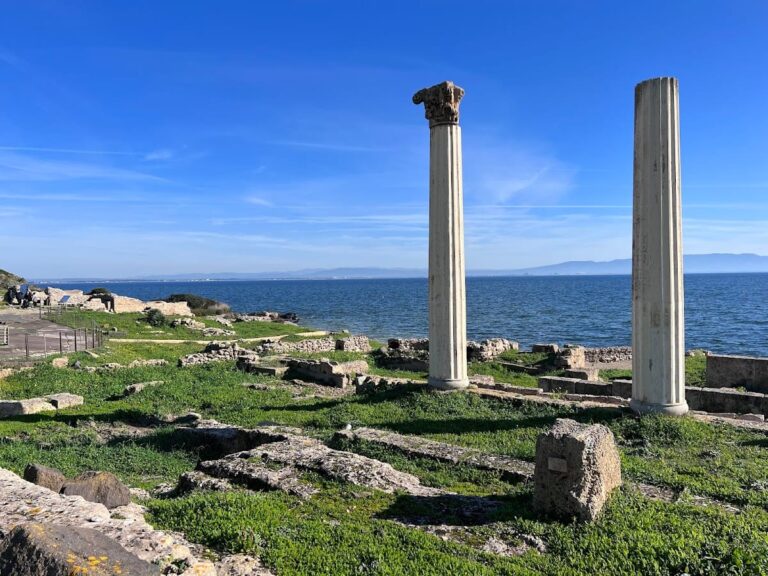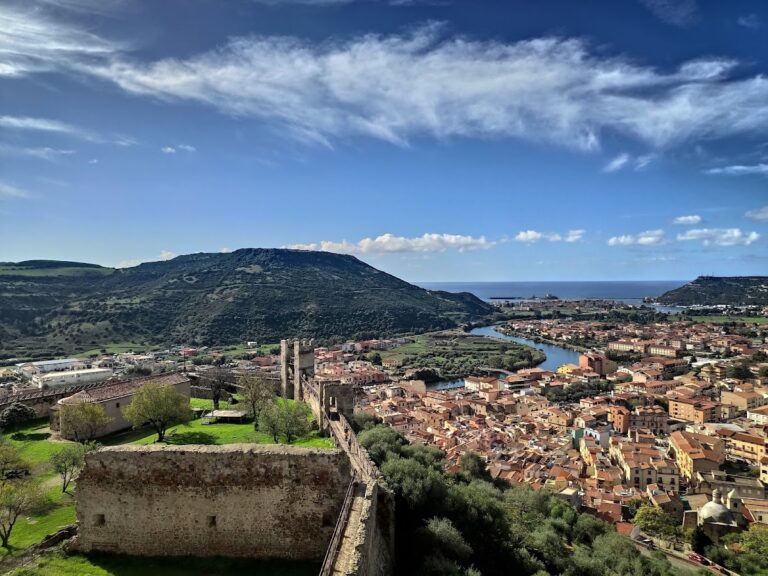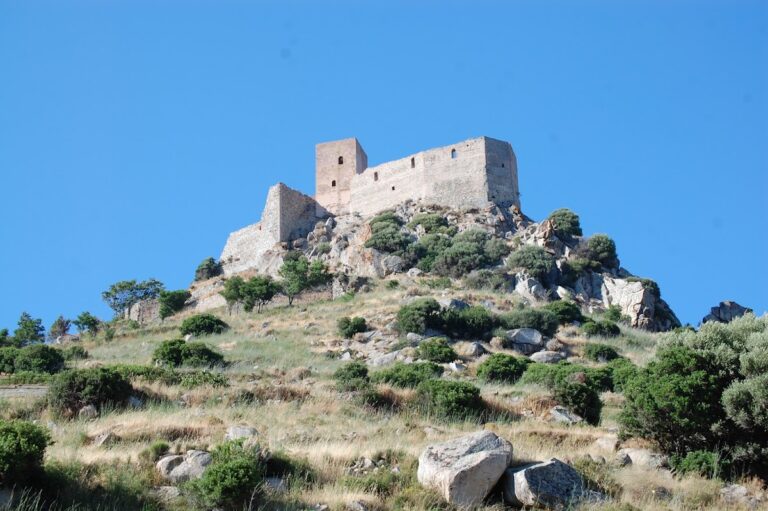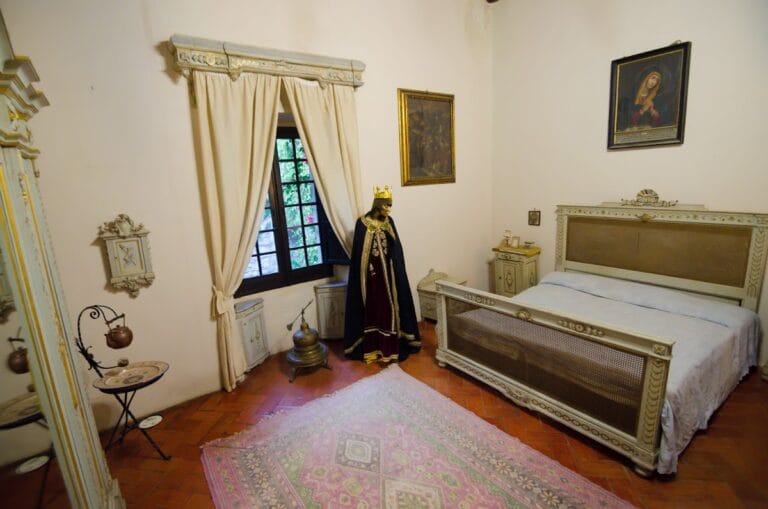Roman Baths of Fordongianus: Thermal Baths and Ancient Settlement in Sardinia
Visitor Information
Google Rating: 4.7
Popularity: Medium
Google Maps: View on Google Maps
Official Website: www.forumtraiani.it
Country: Italy
Civilization: Roman
Remains: Sanitation
History
The Roman Baths of Fordongianus are situated near the modern town of Fordongianus in the province of Oristano, Sardinia, Italy. This site corresponds to the ancient settlement known as Aquae Ypsitanae, named for its thermal springs. The geographer Claudius Ptolemy mentioned Aquae Ypsitanae around 170 AD. During the reign of Emperor Trajan in the early 2nd century AD, the settlement’s status was elevated from a colony to a municipium, and it became known as Forum Traiani.
The first major phase of development occurred in the 1st century AD when the original thermal baths were constructed to take advantage of the natural hot springs. These baths served both practical and social functions, centered on a large swimming pool fed by the warm waters. The site maintained its importance through the Roman Imperial period, reflecting the value placed on thermal bathing and water cults.
In the 3rd century AD, the complex was expanded with a new bathhouse featuring heated rooms and more elaborate facilities. This later phase included the addition of a large piazza that functioned as the city forum.
Archaeological work began at the site between 1899 and 1902 under Antonio Taramelli, who documented the ruins. Further investigations resumed in 1969, revealing more about the baths’ structure and water management systems. The hot springs remain active today, continuing the site’s long association with thermal waters.
Remains
The Roman Baths of Fordongianus consist of two main bathhouses built in different periods, connected by a door and a small staircase. The earlier 1st-century bathhouse lies to the north and was constructed using large squared blocks of volcanic trachyte stone laid without mortar, a technique known as opus quadratum. Its central feature is a rectangular swimming pool, or natatio, measuring 13 by 6.5 meters and 1.5 meters deep. The pool was supplied with hot spring water mixed with cooler water from upstream reservoirs, with bronze sluices controlling the temperature. A large barrel vault covered the natatio, supported by a portico with square volcanic stone pillars. Three skylights provided natural light, though only one side of the portico survives today.
Adjacent to the natatio are smaller pools, including one identified as a nymphaeum. This pool was dedicated to the water nymphs, as confirmed by an inscription discovered during recent excavations, indicating a cultic use of the water sources.
The 3rd-century bath complex was built using opus caementicium, a Roman concrete, with an outer facing of opus vittatum mixtum, a layered brick and stone technique. This building measured about 30 by 12 meters and contained four main rooms: a changing room (apodyterium), a cold room (frigidarium) with two small pools, a warm room (tepidarium), and a hot room (calidarium) featuring a large rectangular basin. The floors originally displayed a mosaic of small tesserae arranged in alternating red and black diamond patterns, later covered by a thick waterproof layer called cocciopesto. Marble slabs about one centimeter thick lined the walls. Heating came from two wood-fired furnaces located near the calidarium.
This later bathhouse opened onto a large trapezoidal piazza paved with trachyte slabs, serving as the city forum. To the left of the square stood a long L-shaped building with seven rooms, dated to around 200 AD. One room, possibly an inn or hospitium, was richly decorated with frescoes showing octagonal panels in reddish-brown tones, featuring plant motifs and animal figures, including a lion.
The entire site includes a sophisticated system of channels, wells, and cisterns designed to manage the flow and storage of water for the baths. The hot springs continue to flow today, with water temperatures reaching 54 degrees Celsius after passing through volcanic rock. The remains are partially preserved in situ, allowing a clear understanding of the complex’s layout and function.

